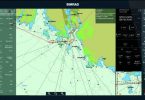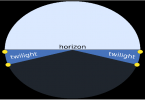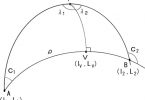PROPORTIONAL CONTROL
The effect on steering when only proportional control is applied causes the rudder to move by an amount proportional to the off-course error from the course to steer and the ship will oscillate on either side of the required course line.
DERIVATIVE CONTROL
The rudder is shifted by an amount proportional to the rate of change of ship’s deviation from the course. The ship will make good a course which is parallel to the required course and will continue to do so until the autopilot is again caused to operate by an external force acting on the ship.
INTEGRAL CONTROL
There are certain errors due to the design parameters of the vessel which have to be corrected. Data signals are produced by continuously sensing heading error over a period of time and applying an appropriate degree of permanent helm is used for this purpose. The permanent helm acts as mid-ship.






Hey there! The working principle of an autopilot system is based on advanced sensors, algorithms, and feedback loops that allow the system to control the vehicle’s trajectory without constant human input. It uses data from cameras, radars, and GPS to make decisions in real-time. By the way, if you’re looking for a platform where you can enjoy such seamless experiences, click here to check out Pin Up. Just like how a good system, like Pin Up, ensures a smooth gaming experience, the autopilot system continuously adjusts its parameters to ensure optimal performance. Whether it’s sports betting or casino games, they offer a variety of options for all types of players.